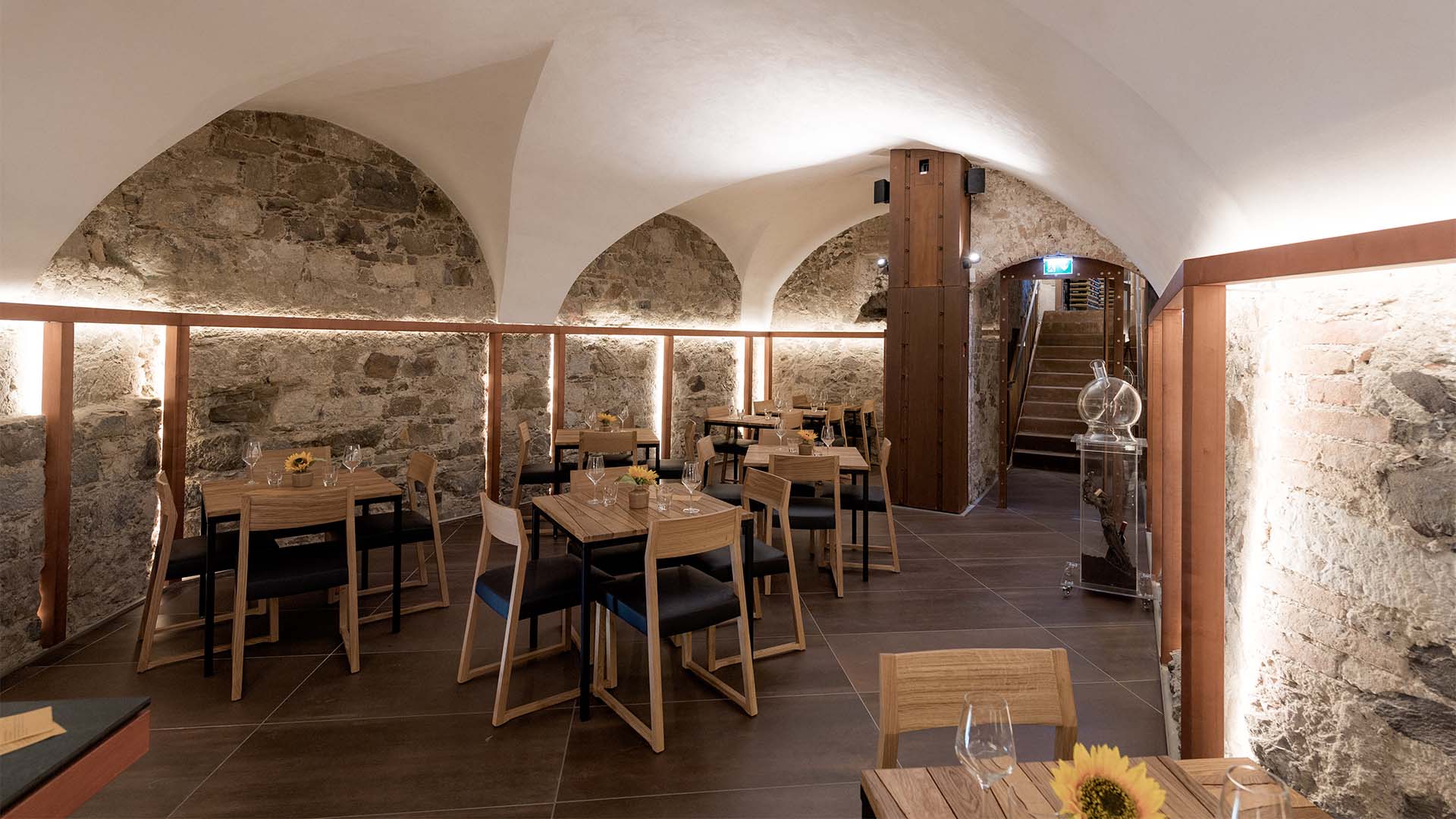

Making matters worse, the note-taking system would not save wines I entered through it at all, even after adding the relevant information by hand. Sadly, in my testing (using two different devices on countless bottles of wine), this system did not work at all, not once, not for a single wine.

Snooth Wine Pro’s visual recognition engine is supposed to be its great selling point, and it’s widely touted online: Just take a photo of a bottle of wine and the app will figure out what it is, prepopulating all the informational fields with the bottle’s specifics. If you’re down with the wisdom of crowds, it’s a killer addition.
VINOTEKA MEANING PROFESSIONAL
Most notably, CellarTracker includes integrated wine reviews and ratings averages from its legions of users, and access to professional reviews as well (though these cost extra). But what it lacks in cellar sophistication it makes up for with thoughtful additions you won’t find anywhere else. Most other databases have a separate entry for every vintage, making it tough to find the exact wine you need.) All told, this app was by a wide margin the fastest and easiest way to digitize my wine cellar information.ĬellarTracker doesn’t have the fancy graphical cellar representation that VinoCellar and Vinoteka offer rather, you simply assign a bin number to each wine, and it’s up to you to keep your bins straight. (Favorite feature: First you add a wine, and then you pick the vintage from a quick panel of common options.
VINOTEKA MEANING SOFTWARE
Whoever developed CellarTracker has a real knack for understanding intuitive software design, putting most of the critical functions right where you need them. I had just a few instances with older wines where CellarTracker didn’t recognize the UPC (keyword search still worked, though), and only one where the scanner couldn’t get a read on the label, probably due to the curvature of the bottle distorting the image. The scanner is fast and intuitive, and there’s even a much-needed button that activates your phone’s flash bulb to illuminate the UPC when you’re in your dark cellar, making the chances for a successful scan much higher. Unlike many other systems that promise this kind of functionality, CellarTracker’s actually works and works very well. However, the app does at least sync automatically and quickly among multiple devices.

Frustratingly, the app doesn’t even automatically capitalize each word in a winery’s name as you type it, slowing you down during data entry considerably.

That said, it’s a slow slog with almost no automation, and when you’re done, the data isn’t very useful. Cellar doesn’t manage racks, bins, or handle any other location information, although a timeline feature does at least let you see when you added wines and when you removed them.Ĭellar is easy to use, and anyone with a basic grasp of iOS should have no trouble adding information to the system. When you’ve added your wines and indicated how many bottles you own of each one… well, you’re done. There’s not even room for notes, ratings, or much of anything else. You can then add information to a few additional, optional fields-but the one that matters most, the price of the wine, isn’t an option here. Add a vintage and you’re finished with the basics. The overly simplistic Cellar in no way justifies the subscription fee its developer expects to collect for oenophiles.Īfterwards, you are required to add a wine name (whether it has one or not), so you’ll need to get used to tapping out “Cabernet Sauvignon” on your tablet or phone. Tap the + icon to add a bottle and type in the name of the producer (Cellar offers some suggested wine names as you type, but it’s knowledgebase is deathly shallow.) The app honestly could not be simpler to use, as all it does is track basic inventory information.


 0 kommentar(er)
0 kommentar(er)
